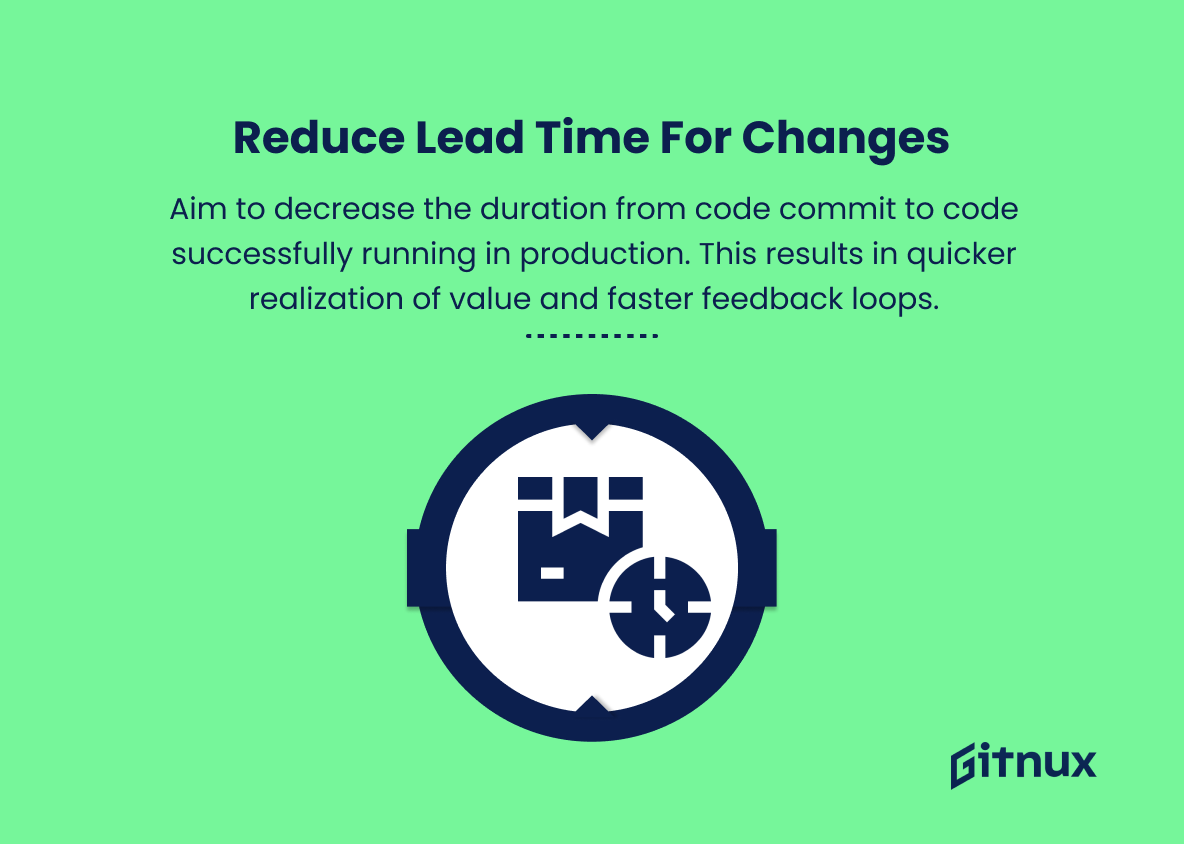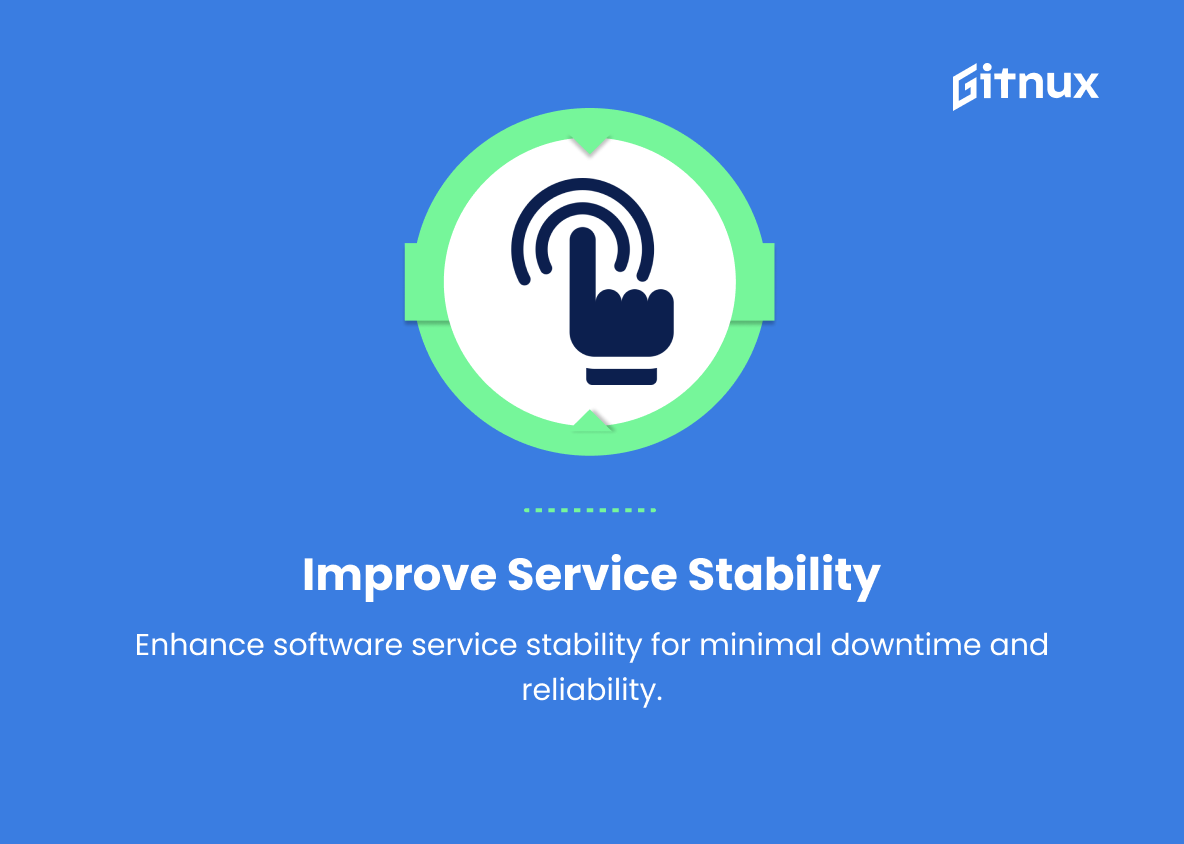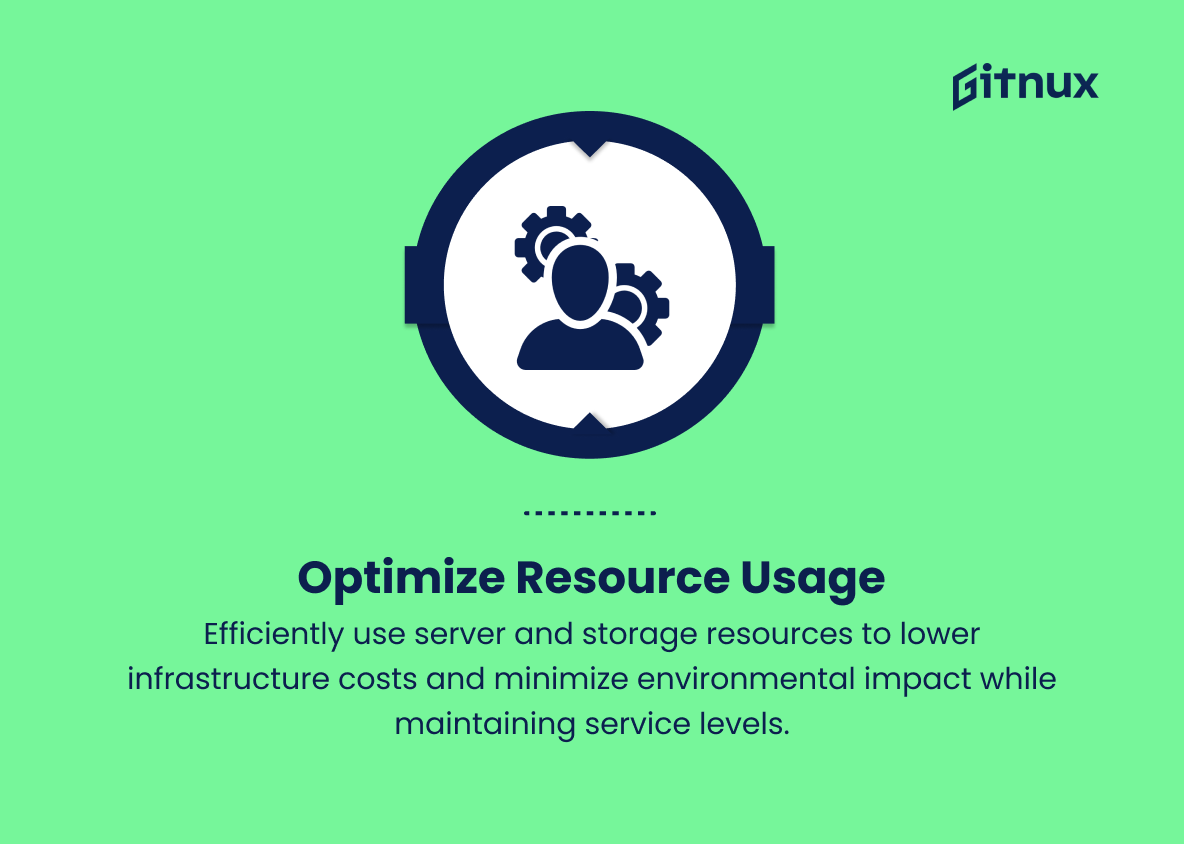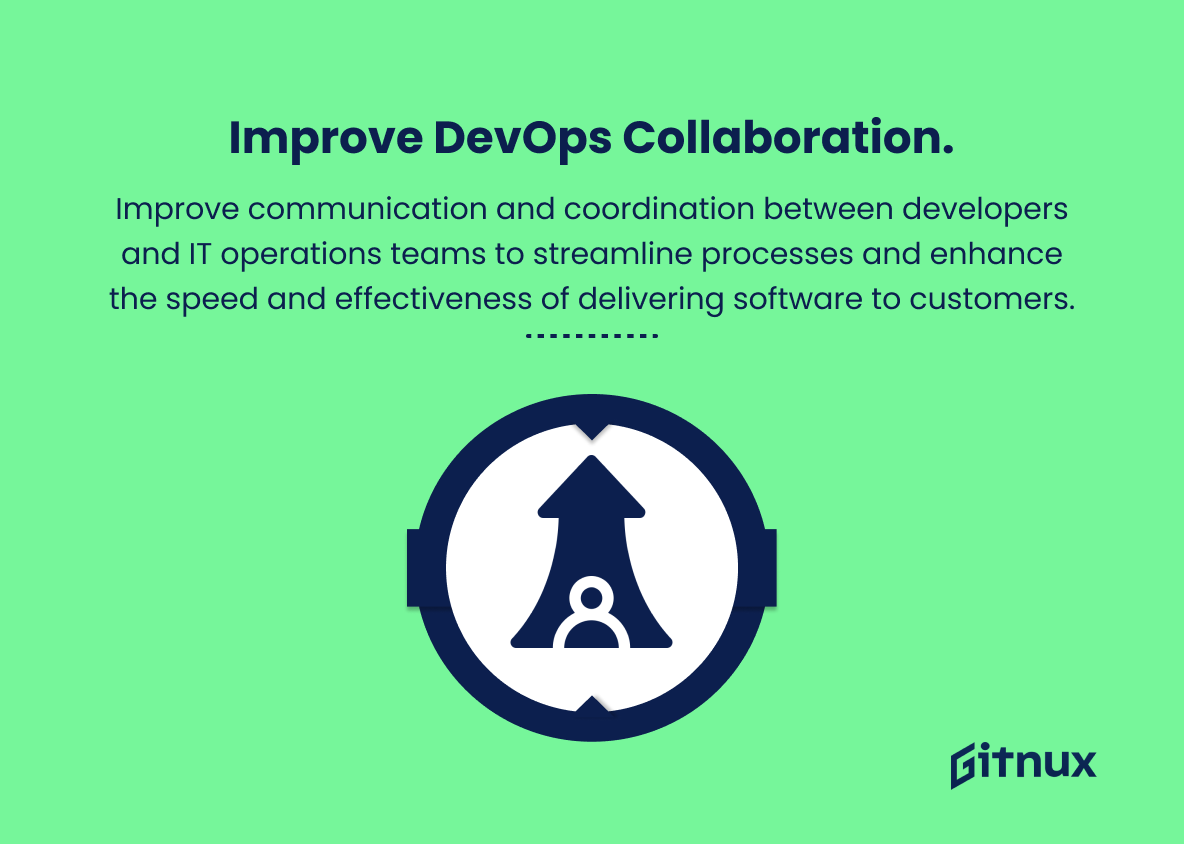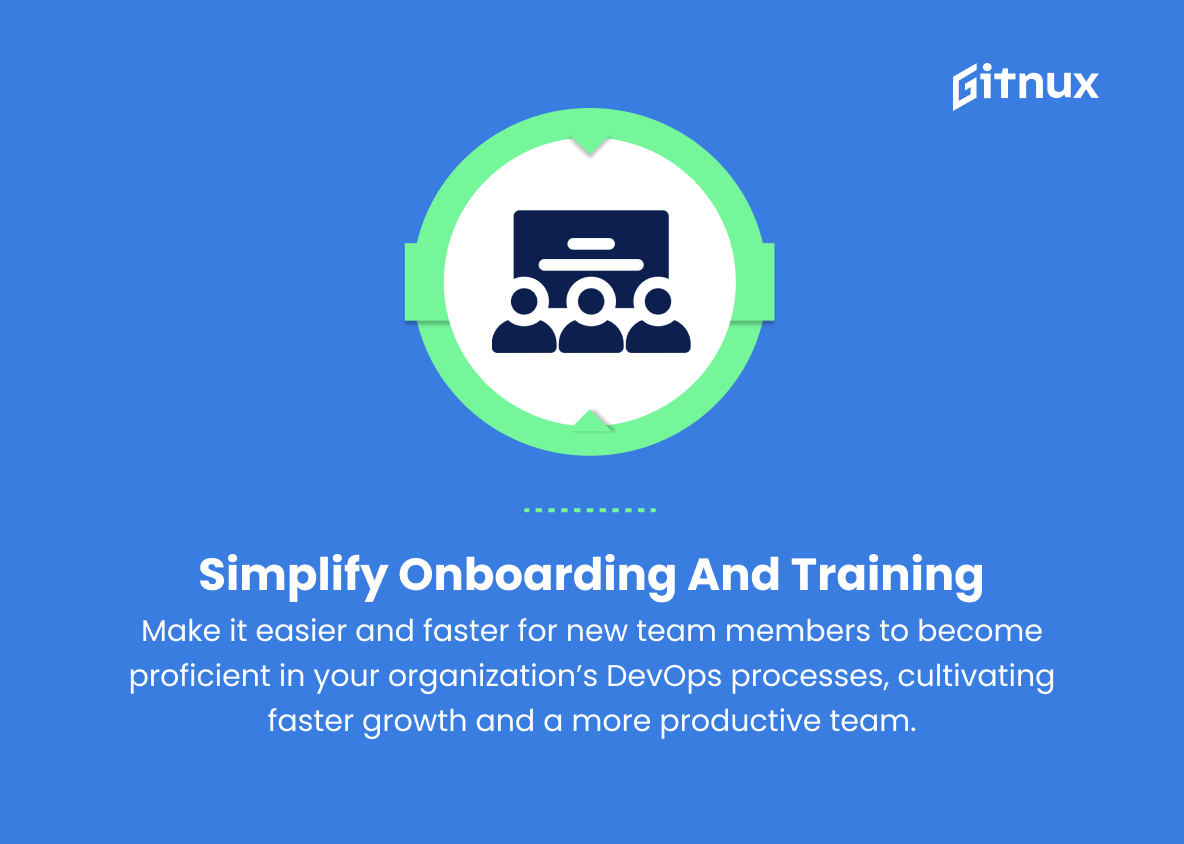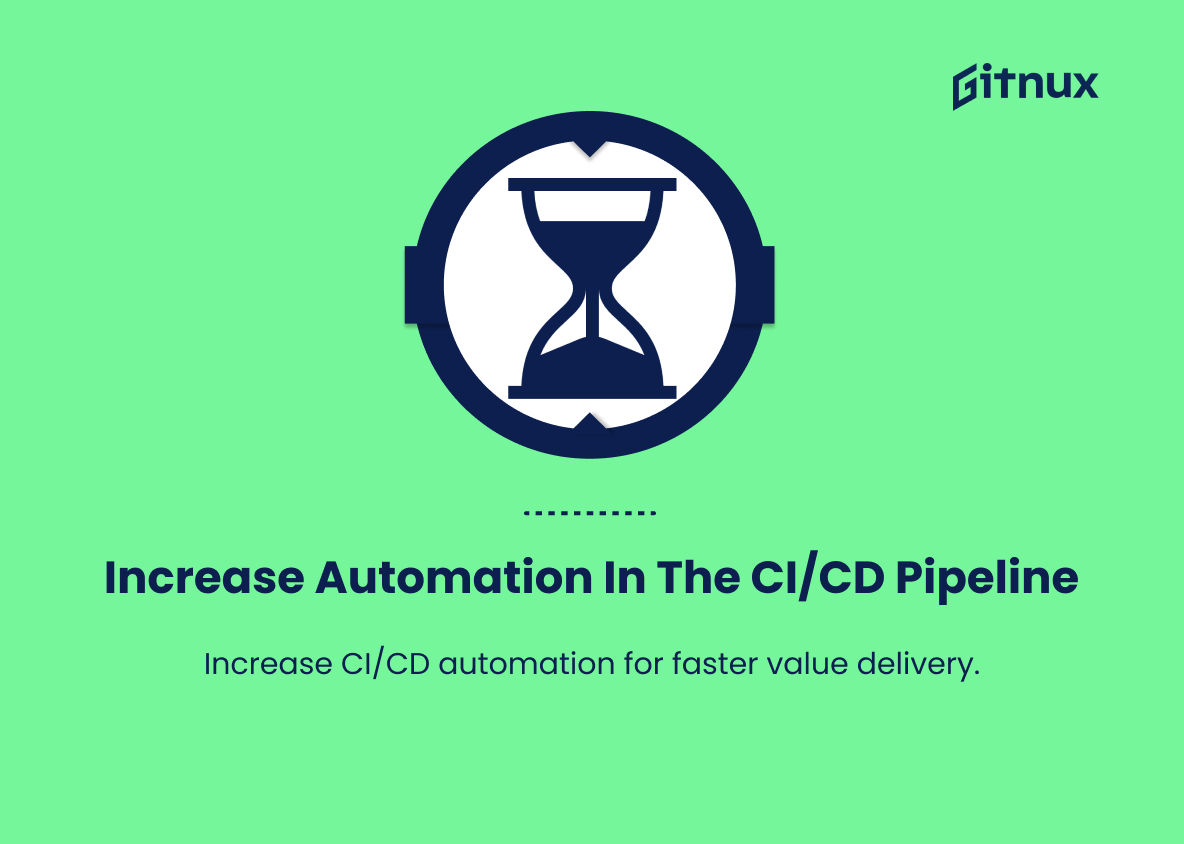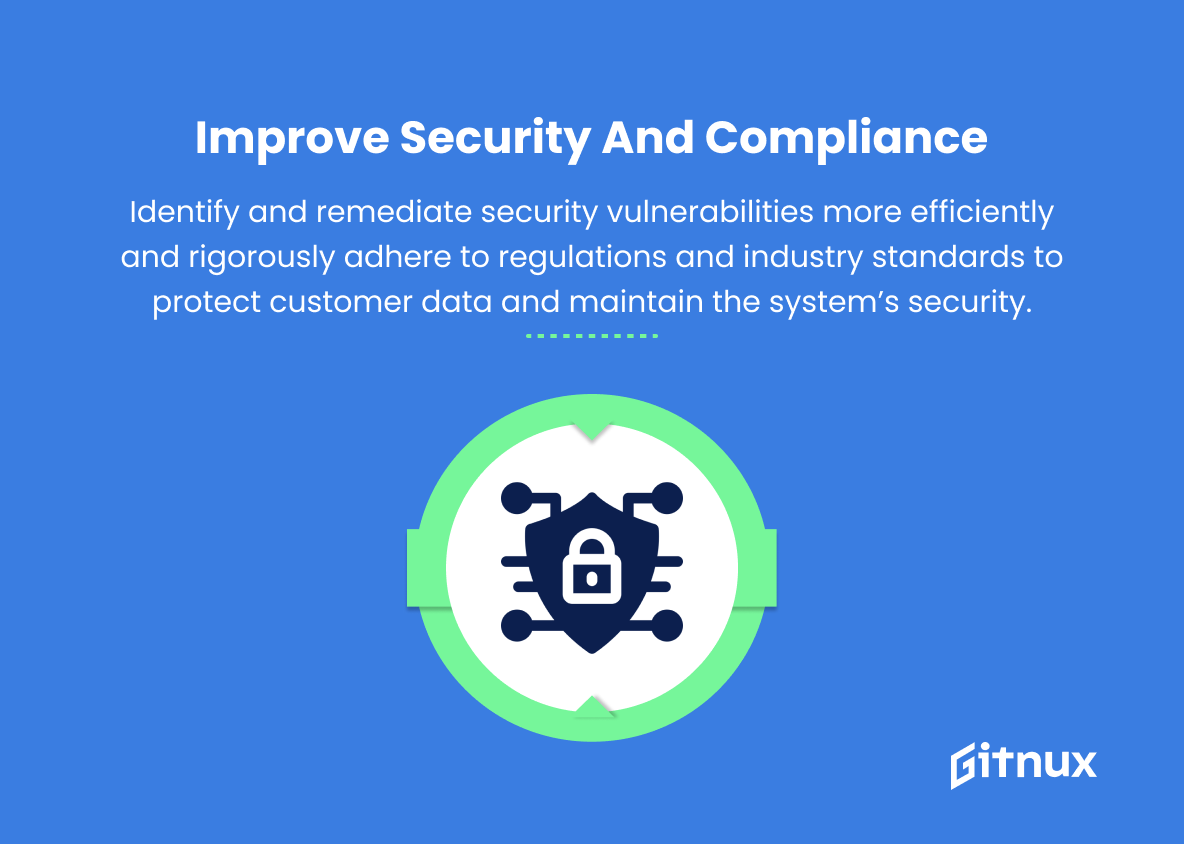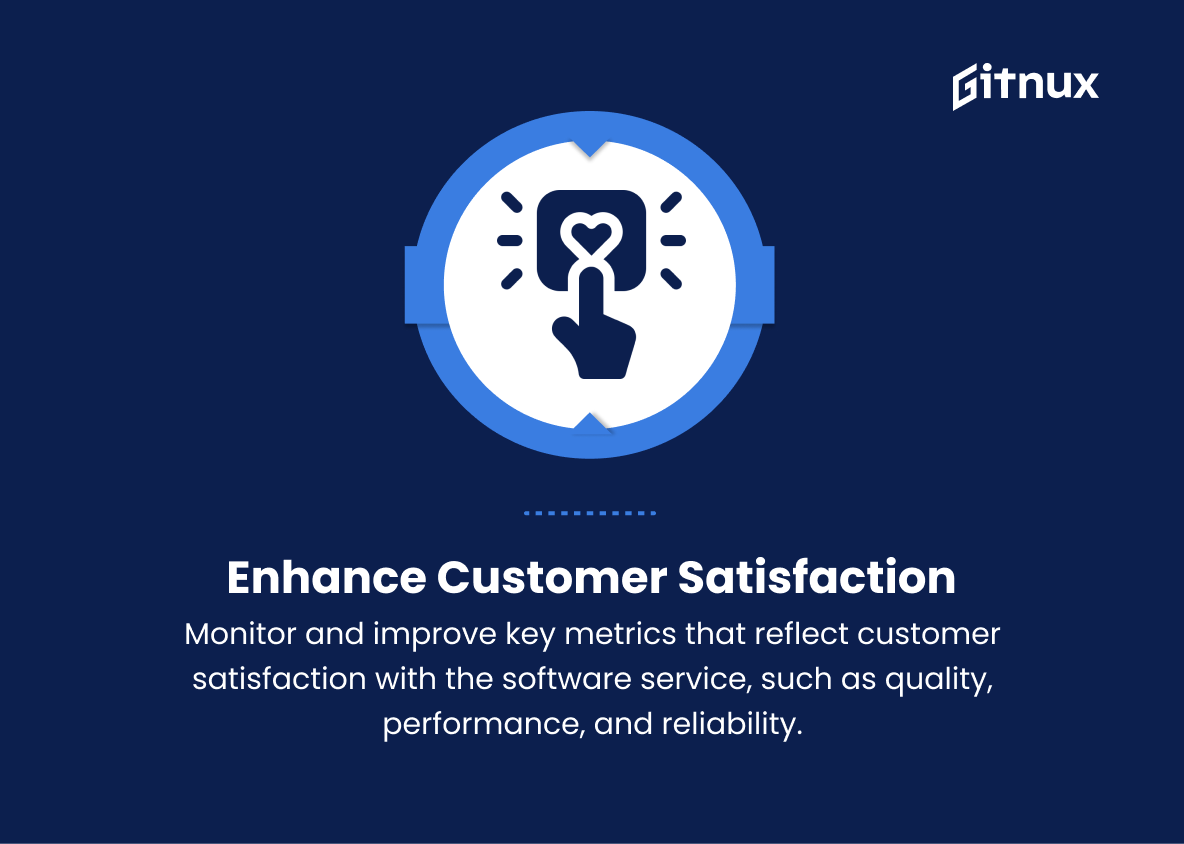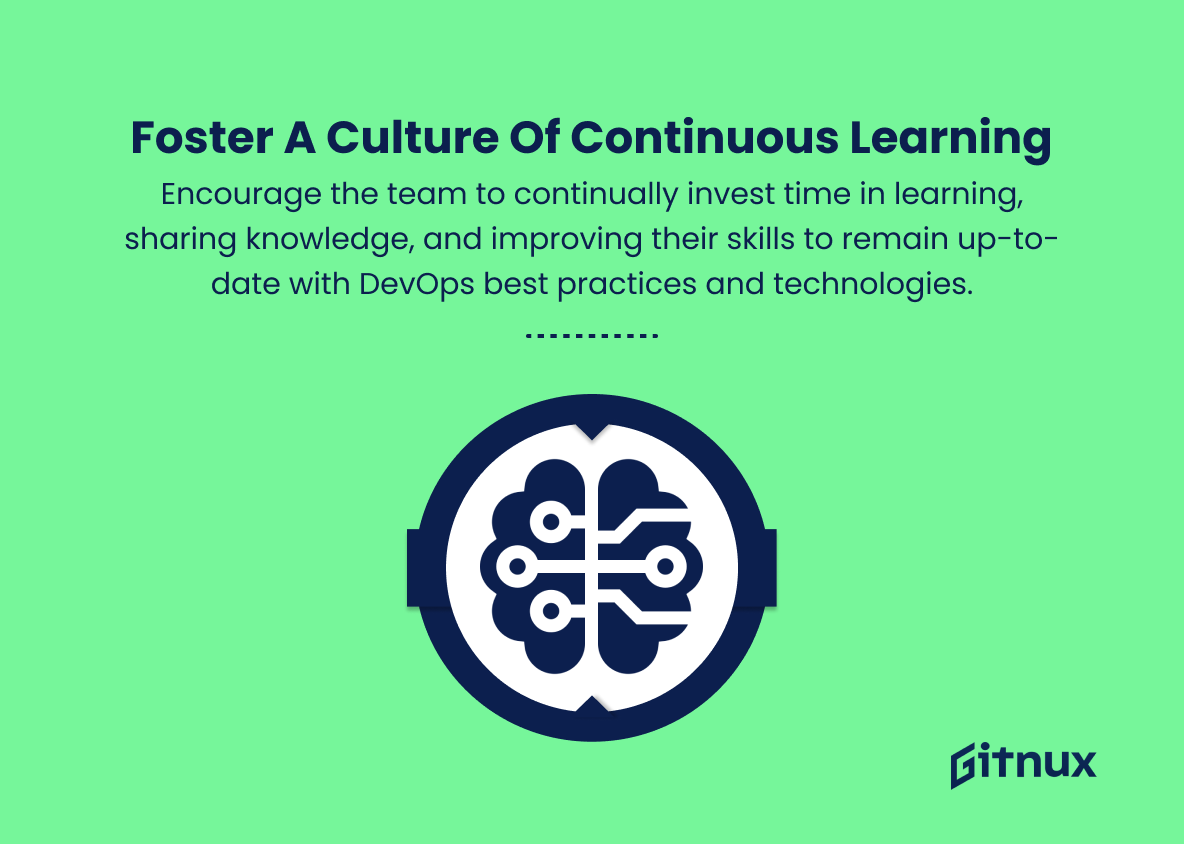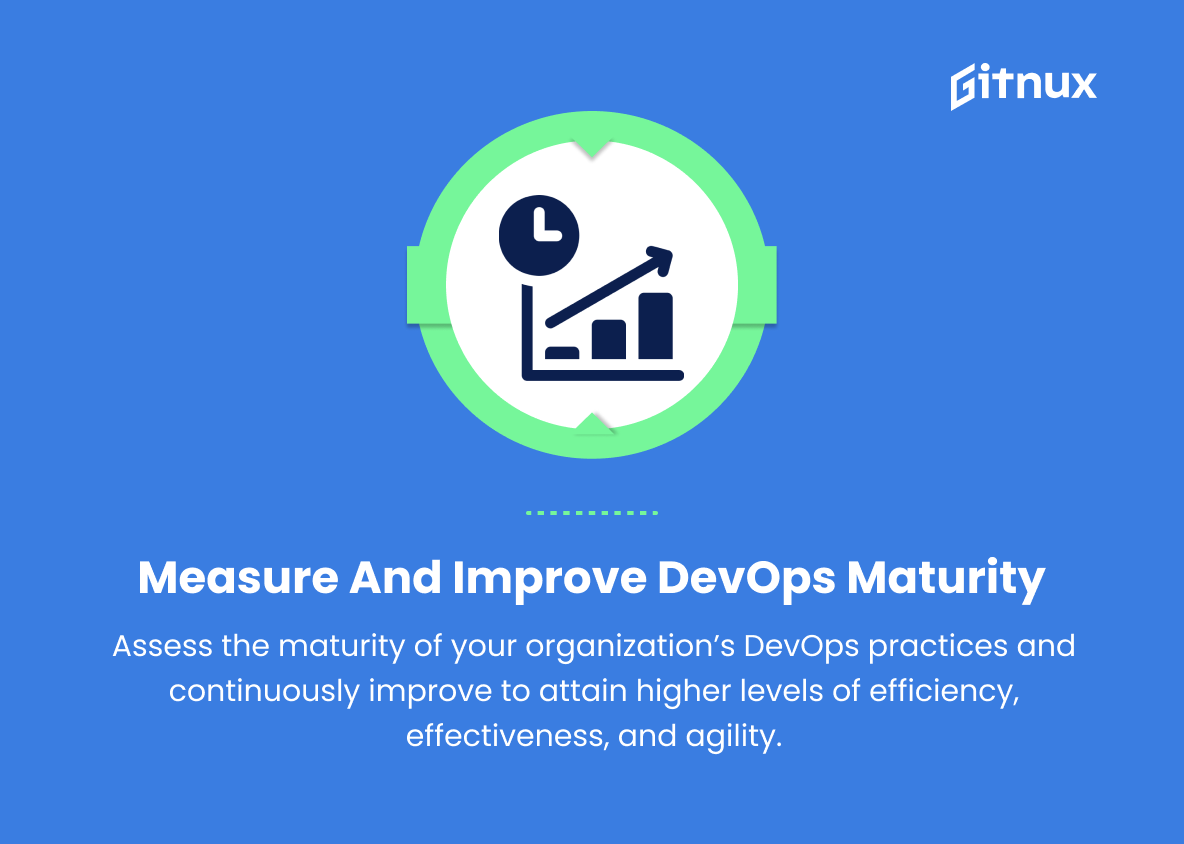In today’s fast-paced and increasingly complex world of software development, organizations need to embrace a more efficient and streamlined approach to managing their projects, resources, and teams. This is where DevOps, the highly effective combination of software development and IT operations, comes into play.
But, as with any process, simply adopting DevOps is not enough to guarantee success. Organizations must also establish a robust framework for monitoring progress and measuring results, and this is where OKRs (Objectives and Key Results) come in. In this blog post, we will delve into the critical factors and best practices for implementing and managing DevOps OKR’s, ensuring that your organization maximizes the potential benefits of this revolutionary approach to software development and delivery.
DevOps OKRs You Should Know
1. Increase deployment frequency
To ensure that the team can release software updates and new features more frequently, leading to faster time-to-market and improved customer satisfaction.
2. Reduce lead time for changes
Aim to decrease the duration from code commit to code successfully running in production. This results in quicker realization of value and faster feedback loops.
3. Improve service stability
Improve the overall stability of the software service by reducing the number and duration of production incidents, resulting in minimal unplanned downtime and a more reliable service for users.
In today’s fast-paced and increasingly complex world of software development, organizations need to embrace a more efficient and streamlined approach to managing their projects, resources, and teams.4. Enhance monitoring and observability
Improve the team’s ability to quickly detect, diagnose, and resolve issues before they significantly impact users, leading to a more robust and reliable infrastructure.
5. Optimize resource usage
Efficiently use server and storage resources to lower infrastructure costs and minimize environmental impact while maintaining service levels.
6. Increase code coverage
Improve the percentage of code covered by automated tests to ensure more thorough testing of critical functions and detect potential issues early in the development process.
7. Improve incident response time
Decrease the average time it takes to acknowledge, diagnose, and resolve production incidents, resulting in faster recovery times and less disruption to user experience.
8. Enhance collaboration between development and operations
Improve communication and coordination between developers and IT operations teams to streamline processes and enhance the speed and effectiveness of delivering software to customers.
9. Simplify onboarding and training
Make it easier and faster for new team members to become proficient in your organization’s DevOps processes, cultivating faster growth and a more productive team.
10. Implement Infrastructure as Code (IaC)
Increase the number of infrastructure components managed by IaC tools to enhance consistency, reduce the risk of human error, and enable rapid changes to infrastructure.
11. Increase automation in the CI/CD pipeline
Improve the percentage of tasks and processes that are automated within the Continuous Integration/Continuous Deployment pipeline to decrease manual effort and minimize delays in delivering value to customers.
12. Improve security and compliance
Identify and remediate security vulnerabilities more efficiently and rigorously adhere to regulations and industry standards to protect customer data and maintain the system’s security.
13. Enhance customer satisfaction
Monitor and improve key metrics that reflect customer satisfaction with the software service, such as quality, performance, and reliability.
14. Foster a culture of continuous learning
Encourage the team to continually invest time in learning, sharing knowledge, and improving their skills to remain up-to-date with DevOps best practices and technologies.
15. Measure and improve DevOps maturity
Assess the maturity of your organization’s DevOps practices and continuously improve to attain higher levels of efficiency, effectiveness, and agility.
DevOps OKRs Explained
The importance of DevOps OKRs lies in their ability to drive efficiency, effectiveness, and agility within an organization. By increasing deployment frequency and reducing lead time for changes, teams can quickly deliver software updates and new features, resulting in enhanced customer satisfaction. Improving service stability and monitoring capabilities leads to a more reliable user experience and faster issue resolution.
Optimizing resource usage, increasing code coverage, and automating the CI/CD pipeline streamlines operations, lowers costs, and enables higher quality assurance. Fostering collaboration between development and operations teams, simplifying onboarding, implementing Infrastructure as Code, and maintaining security and compliance standards further empower a smooth, efficient software delivery process.
Ultimately, by focusing on these OKRs, organizations can enhance customer satisfaction, promote a culture of continuous learning, and achieve higher levels of DevOps maturity, yielding tangible benefits for both the organization and its customers.
Conclusion
To sum up, DevOps OKRs play a critical role in ensuring streamlined collaboration and consistent improvement within an organization. By focusing on measurable outcomes, continuous learning, and alignment between development and operations teams, businesses can optimize processes and drive operational excellence.
Embracing the shared responsibility and transparency that DevOps OKRs offer, organizations can reap the benefits of rapid deployment, improved customer experience, and increased innovations – elevating their competitive standing in the evolving IT landscape. By setting clear objectives and benchmarking their key results, businesses can empower their DevOps teams while simultaneously achieving remarkable growth and transformation in the long run.

